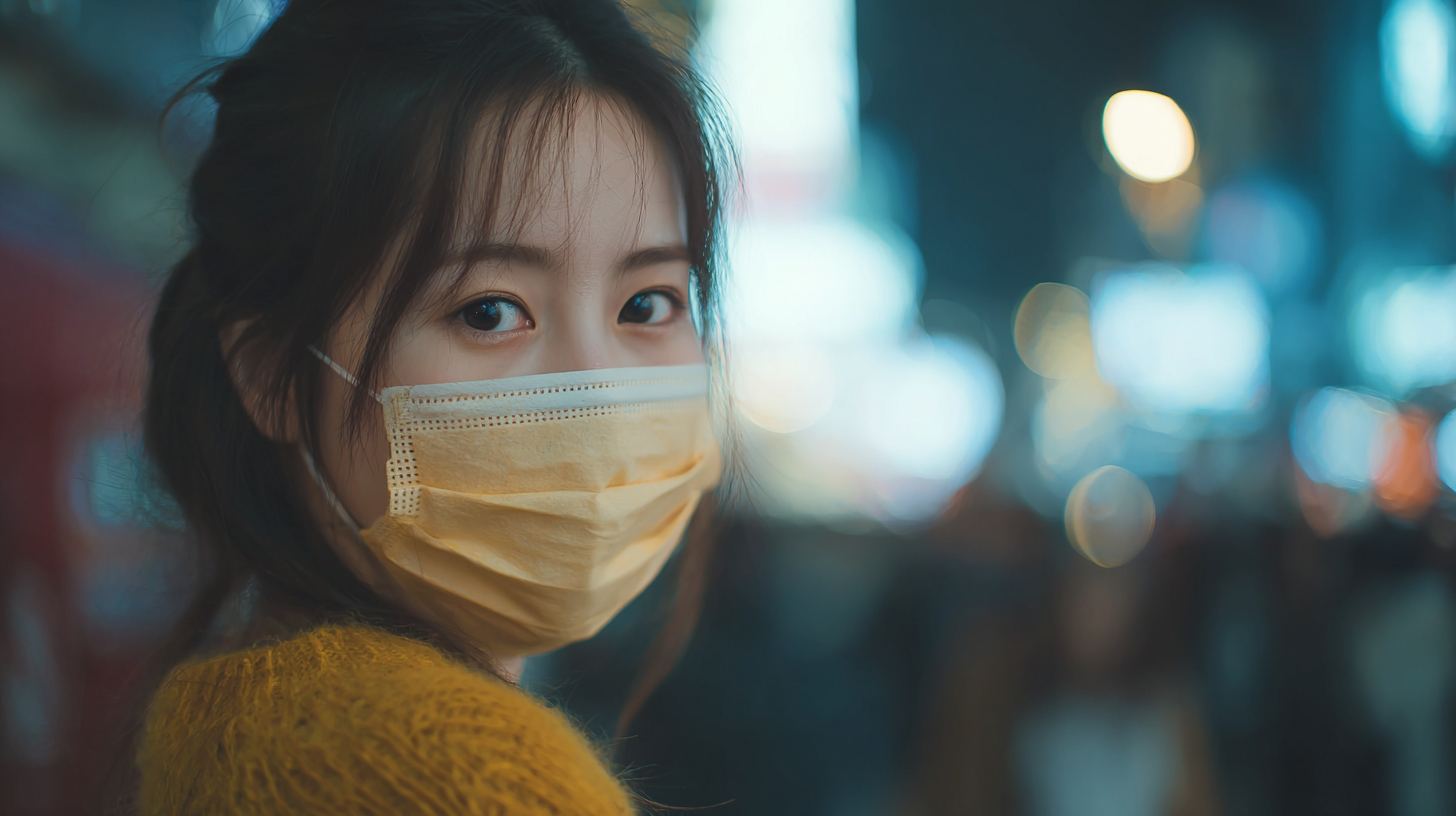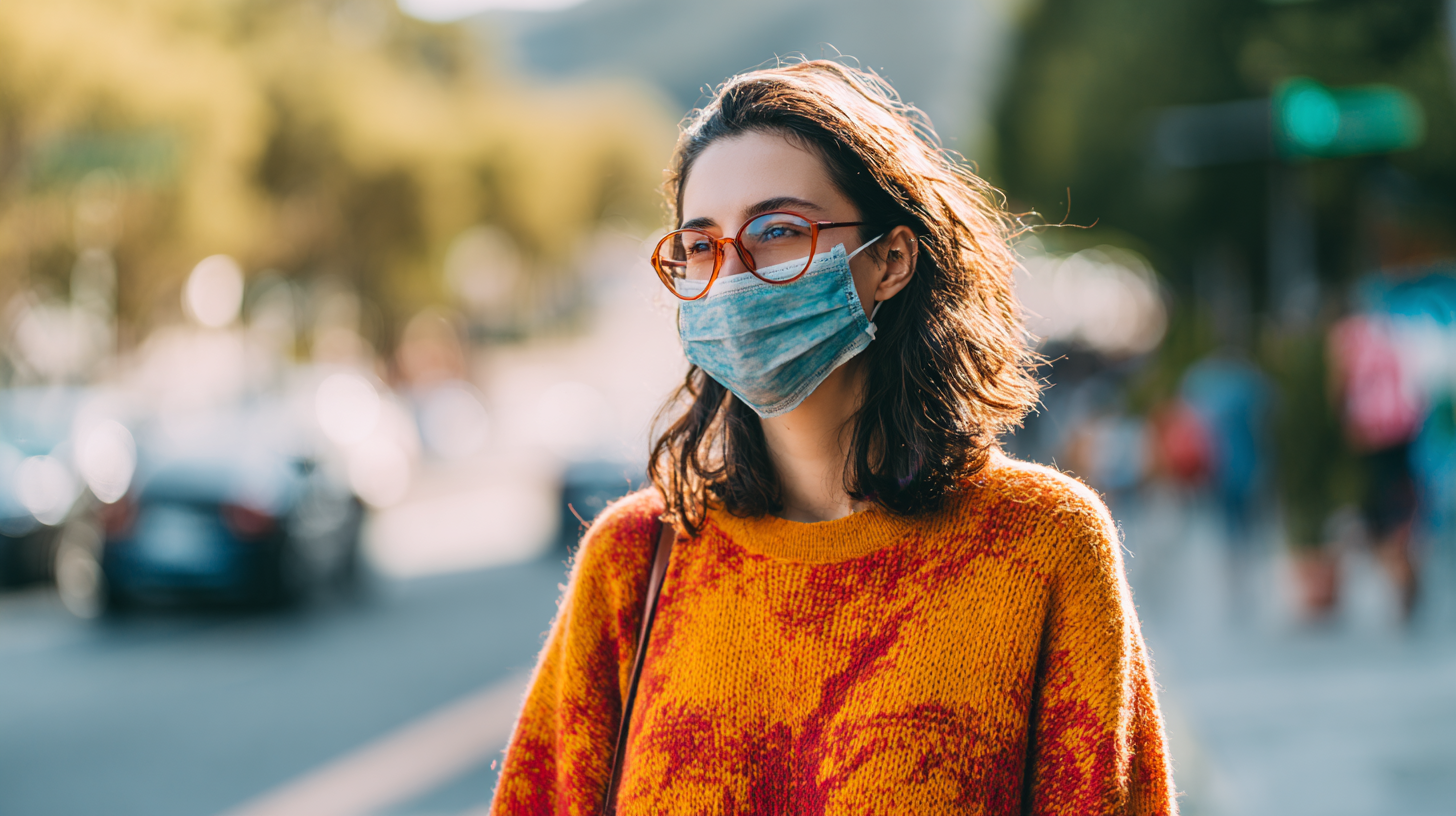

In today's world, wearing a face mask has become a vital aspect of our daily lives, not just as a health necessity but also as a means to express personal style and comfort. With so many options available, understanding how to choose the right face mask for different needs can be overwhelming. This blog aims to equip you with top strategies for selecting the best face mask tailored to various situations, whether you're seeking maximum protection during high-risk activities, comfort for long wear, or fashion that aligns with your personal aesthetic. By focusing on key factors like material, fit, breathability, and purpose, you'll be empowered to make informed choices that cater to your specific requirements. Join us as we delve into practical tips and insights that will help you navigate the myriad of face mask options available today.

When it comes to selecting a face mask for daily use, several key factors should be taken into account to ensure both effectiveness and comfort. According to the CDC, masks with multiple layers of fabric are essential as they provide better filtration of airborne particles. A study published in the journal "Nature," found that masks with at least three layers can block about 90% of smaller particles, significantly reducing the risk of viral transmission. This indicates that for everyday situations, opting for multi-layered designs, such as surgical masks or masks with filter pockets, can enhance protection.
Comfort is another critical factor. The World Health Organization recommends that masks should fit snugly against the sides of the face without gaps while allowing for easy breathing. Many users prefer masks made of breathable materials like cotton, which also provides adequate filtration when constructed correctly. Data from consumer surveys reveal that 65% of individuals prefer adjustable ear loops or ties, as these features allow for a custom fit that improves comfort during prolonged use. By considering the layers, materials, and fit, you can make an informed choice that meets your daily face mask needs.
| Mask Type | Filtration Efficiency | Comfort Level | Reusable | Best For |
|---|---|---|---|---|
| Surgical Mask | ~95% | Moderate | No | Healthcare settings |
| Cloth Mask | Varies (20%-70%) | High | Yes | Casual use |
| N95 Respirator | >95% | Moderate | No | High-risk environments |
| Face Shield | Limited | High | Yes | Additional protection |
| KN95 Mask | ~95% | Moderate | No | General use |
When it comes to selecting the right face mask, understanding the various types and their specific purposes is essential. During the COVID-19 pandemic, face masks emerged as a key component of personal protective equipment (PPE), serving not only to protect the wearer but also to reduce the spread of the virus. Different masks, such as surgical masks, N95 respirators, and cloth face coverings, offer varying levels of filtration and protection. For example, while N95 masks provide a high level of filtration, cloth masks can be effective in less crowded settings when combined with other public health measures.
Beyond their role during the pandemic, face masks also have specific applications in skincare. From clay and gel masks that hydrate and nourish the skin to sheet masks designed for convenience, face masks serve various cosmetic purposes. While some masks may claim to deliver extraordinary results, it is essential to rely on evidence about their effectiveness. Whether for health reasons or beauty rituals, choosing the right type of face mask is crucial to meet individual needs effectively.

When it comes to selecting the right face mask, the significance of fit and comfort cannot be overstated. A properly fitting mask is essential not only for optimal protection but also for ensuring that the wearer can use it consistently throughout the day. Masks that are too loose may allow particles to enter or escape around the edges, while overly tight masks can cause discomfort, leading to frequent adjustment and potentially decreasing their effectiveness. Therefore, taking the time to find a mask that fits well is a critical first step.
Comfort goes hand in hand with fit. Materials that are soft, breathable, and gentle against the skin can make a huge difference, especially for those who need to wear a mask for extended periods. Masks with adjustable ear loops, nose wires for a customized fit, and soft linings can enhance comfort significantly. Additionally, considering personal activity levels—such as working out, commuting, or spending time indoors—can inform the choice of mask style and material. Ultimately, prioritizing fit and comfort leads to not only better protection but also a more pleasant wearing experience.
 When selecting a face mask, evaluating material quality and breathability is essential for ensuring effective protection. Reports from the Centers for Disease Control and Prevention (CDC) indicate that masks made from multiple layers of tightly woven fabric can significantly reduce the transmission of airborne particles. For example, masks constructed from 100% cotton combined with a polyester blend have been shown to provide an effective barrier while still allowing for comfortable airflow. This balance is crucial, as users are more likely to wear masks consistently if they can breathe easily.
When selecting a face mask, evaluating material quality and breathability is essential for ensuring effective protection. Reports from the Centers for Disease Control and Prevention (CDC) indicate that masks made from multiple layers of tightly woven fabric can significantly reduce the transmission of airborne particles. For example, masks constructed from 100% cotton combined with a polyester blend have been shown to provide an effective barrier while still allowing for comfortable airflow. This balance is crucial, as users are more likely to wear masks consistently if they can breathe easily.
Tip: When trying out different masks, look for ones that fit snugly against the sides of the face without gaps while also allowing for easy breathing. A well-fitted mask is vital for maximizing protection, as even the highest-quality materials will be less effective if there are spaces where airborne particles can enter or escape.
Breathability is another key factor to consider. According to a study published in the Journal of the American Medical Association, masks that restrict airflow can lead to discomfort and are less likely to be worn properly. Materials like lightweight, moisture-wicking fabric can enhance comfort, especially during extended use. Combining functionality with comfort not only promotes adherence to mask-wearing but also contributes to overall community health safety.
Tip: Opt for masks with adjustable ear loops or built-in nose wires to customize the fit. This can help ensure a snug seal, further enhancing the mask's effectiveness against potential airborne threats.
In the wake of shifting regulations and ongoing health concerns, understanding when and where to wear face masks remains crucial. While face coverings are no longer mandated by law in England, they are still required under infection prevention control (IPC) guidance in healthcare settings. This underscores the importance of context; individuals must be aware of specific guidelines within various environments, particularly where vulnerable populations are present, such as hospitals and clinics.
Additionally, organizations like the WHO and CDC have issued revised recommendations regarding mask use, emphasizing their necessity in public spaces where physical distancing cannot be maintained. Cloth masks are now suggested for the general public, reinforcing the idea that face coverings serve as a barrier to reduce transmission. As we navigate these guidelines, it is essential to remain informed about local regulations and the type of mask that offers adequate protection, particularly for those in higher-risk settings. Understanding these nuances can help individuals make informed decisions that contribute to community health.
This chart illustrates the effectiveness of different types of face masks in various settings. The data highlights the average filtration efficiency (%) of common mask types when used in environments such as healthcare, public spaces, and during outdoor activities.